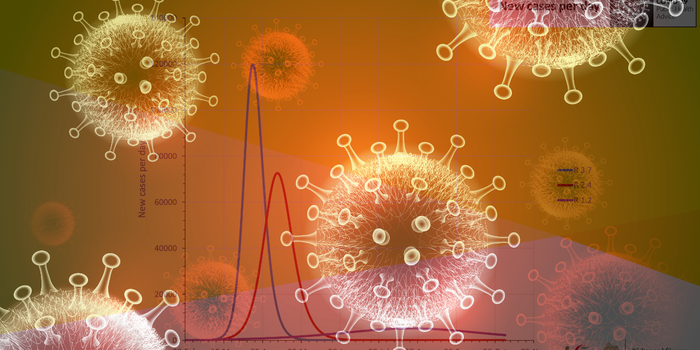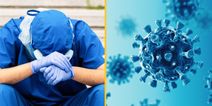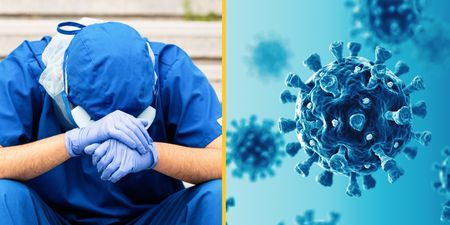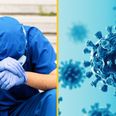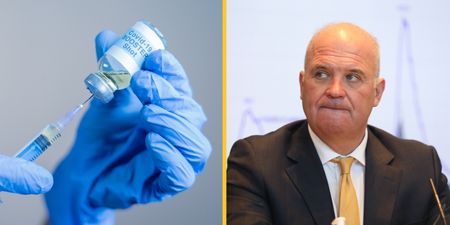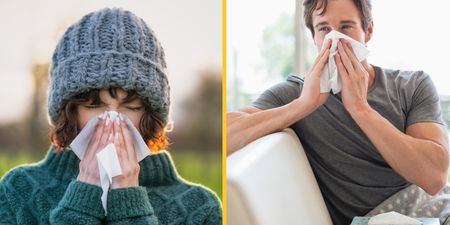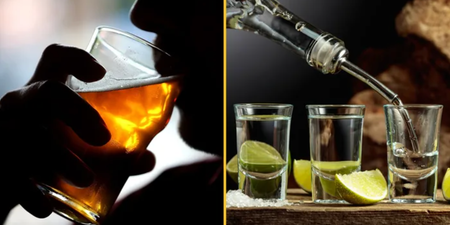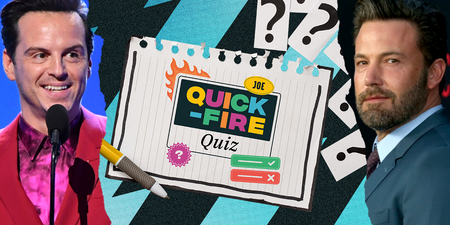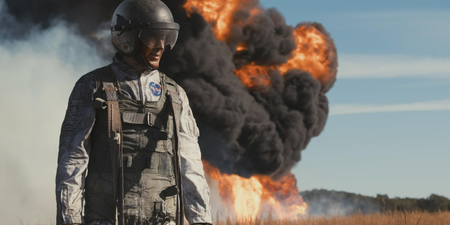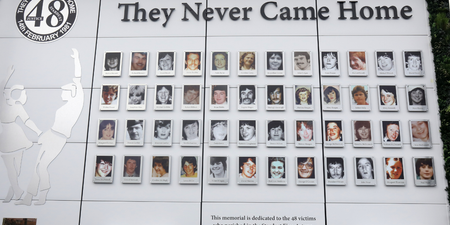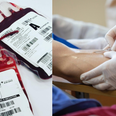The latest models were released on Thursday evening.
The Chair of the NPHET Irish Epidemiological Modelling Advisory Group last night warned that the current restrictions on people and businesses must continue “until we’re absolutely certain” they are working.
The daily briefing at the Department of Health on Thursday evening saw the highest number of daily deaths from Covid-19 reported in Ireland since the outbreak of the disease here. Confirmed cases in the Republic now stand at 13,271.
However, Professor Philip Nolan, informed the public that the growth of daily new cases has been close to zero since April 3rd. The latest information available from Professor Nolan’s Modelling Advisory Group was made public last night, and suggests that the measures taken have greatly restricted the spread of the virus, but caution needs to be taken when it comes to potentially restricting them.
Reproduction Number
The data released focuses greatly on the ‘reproduction number’ of the disease, the expected number of cases directly generated by one case in a population where all individuals are susceptible to infection. Effectively, how many people someone with Covid-19 would be expected to transmit the disease to.
So, if there is a reproduction number of 1, each individual would be expected to pass Covid-19 on to 1 other person. They in turn would infect 1 person, and so on. If that number rises to 1.2, each person would infect one 1 person and every fifth person would infect 2 people, and so on. A reproduction number of 1.5 would mean that every person would infect 1 other person, and every second person would infect 2 people. A reproduction number of 2 means that every person infects 2 other people, who in turn infect 2 other people, and so on.
According to the model, in the early stages of the epidemic in Ireland this Reproduction Number was “somewhere between 2 and 4”, so every person who contracted Covid-19 infected between 2 and 4 other people, and they in turn did the same, and so on. After the early social distancing measures were introduced on March 12th, this reduced to “somewhere between 1.5 and 3. Following the effective lockdown introduced on the 28th of March, that number is now “below 1”.
Flattening the curve
The data clearly suggests that Ireland’s approach has helped reduce the spread of the disease, the message of ‘flatten the curve’ seems to have worked. This is also backed up by the model of what would have happened if Ireland had taken a different route than it did.
According to Professor Nolan and his team, had Ireland taken absolutely no measures to prevent the spread of Covid-19, an ‘unmitigated epidemic’ the expected number of infections in the country would have been 120,000 rather than the total confirmed cases of 13,271 reported yesterday. If Ireland had imposed some restrictions but not to the extent that we have, a ‘partial epidemic’, Professor Nolan says we would have seen around 70,000 cases at the peak of the epidemic in the month of May. This “would have delayed it somewhat, reduced it somewhat, but nowhere near enough to make it manageable.”
This ‘partial epidemic’ would have seen 7,800 new cases reported yesterday, rather than 724. There also would have been 800 people in ICU in hospital, rising to 2,000 next week. The death toll without the measures put in place by the Irish government would have been 4,800 by the end of April, according to the model published yesterday.

Relaxing the measures?
The stringent social distancing measures introduced to Ireland on Saturday March 28th were extended last Friday by a further three weeks, meaning that any kind of normality will not be returning until Tuesday May 5th at the very earliest. However, Taoiseach Leo Varadkar earlier this week said that any easing of restrictions would be “gradual” and “over a number of months”.
Professor Nolan last night also presented a series of potential scenarios if the social distancing measures were relaxed, as planned, on Tuesday May 5th. Again focusing on the reproduction number, the scenarios reveal what would happen if the rate of infection began to rise again. The “most optimistic scenario” is if the number stays below one, in which case the number of cases would “reduce towards the end of the month”. If the reproduction number was to rise to 1.2 (effectively every person passes on the disease to one other person, and one in five people passes it on to two other people), there would be a “slightly higher, but manageable peak in cases” which could be controlled by reintroducing measures. If the reproduction number rises to 1.6, there would be a “significant peak” in cases, but again this could be managed by reintroducing social distancing measures.
However, if that reproduction number rises back above 2, i.e. where Ireland was before any measures were introduced, Professor Nolan warned that there would be “a very sudden and almost certainly unmanageable spike on disease.”
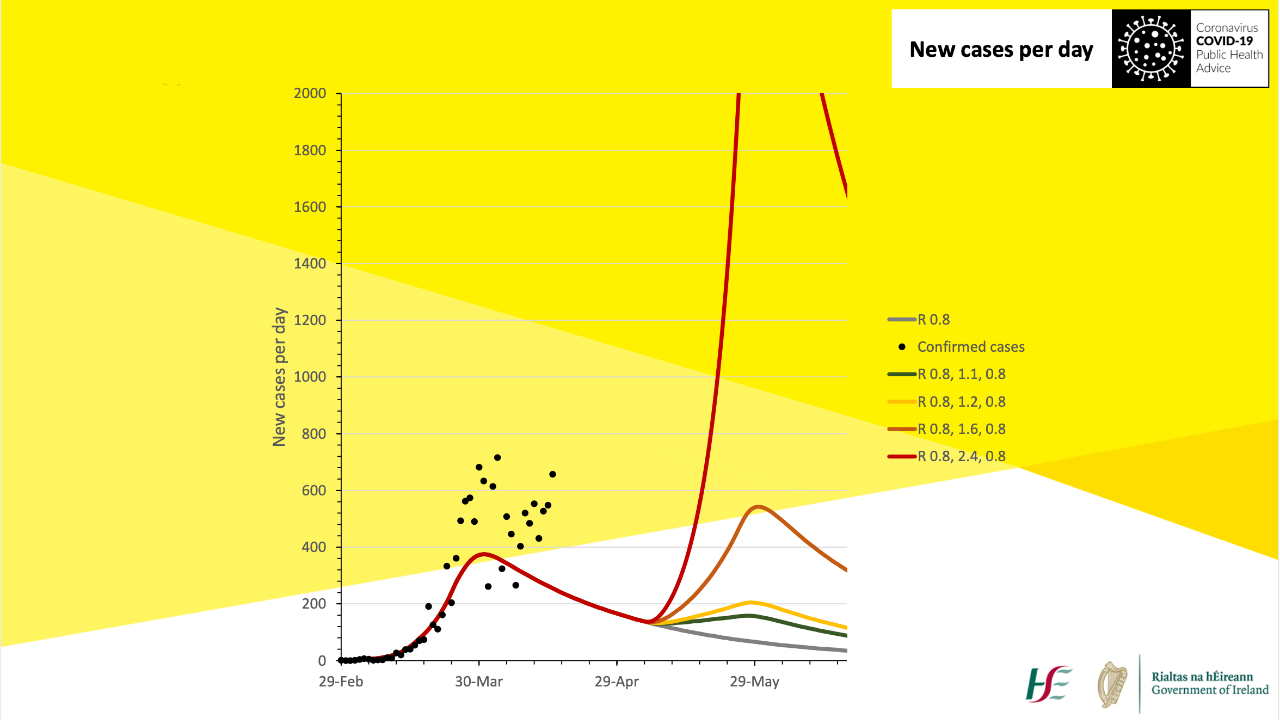
It’s important to note, as pointed out at the press briefing, that the government would not leave relaxed measures in place if this was the case. However, Professor Nolan was keen to stress that whatever approach is taken after the May Bank Holiday weekend will need to be carefully monitored; “it sends a very clear signal that whatever happens after the 5th of May has to be approached exceptionally carefully. We can manage a modest rise in cases if it’s done slightly wrong, but we can’t manage a huge rise in cases.”
Professor Nolan accepted that Ireland had certainly reached a “plateau” in dealing with the Coronavirus, but was reluctant to say the virus had “peaked” at this point.
LISTEN: You Must Be Jokin’ with Aideen McQueen – Faith healers, Coolock craic and Gigging as Gaeilge
